If you’re a plant lover and a pet parent, you’ve probably had to Google whether that new leafy friend is secretly toxic to your furry buddy. Well, let’s make your life easier. Here’s the full scoop on 14 gorgeous houseplants that won’t harm your pets, according to vets and the ASPCA. You get beauty and peace of mind.
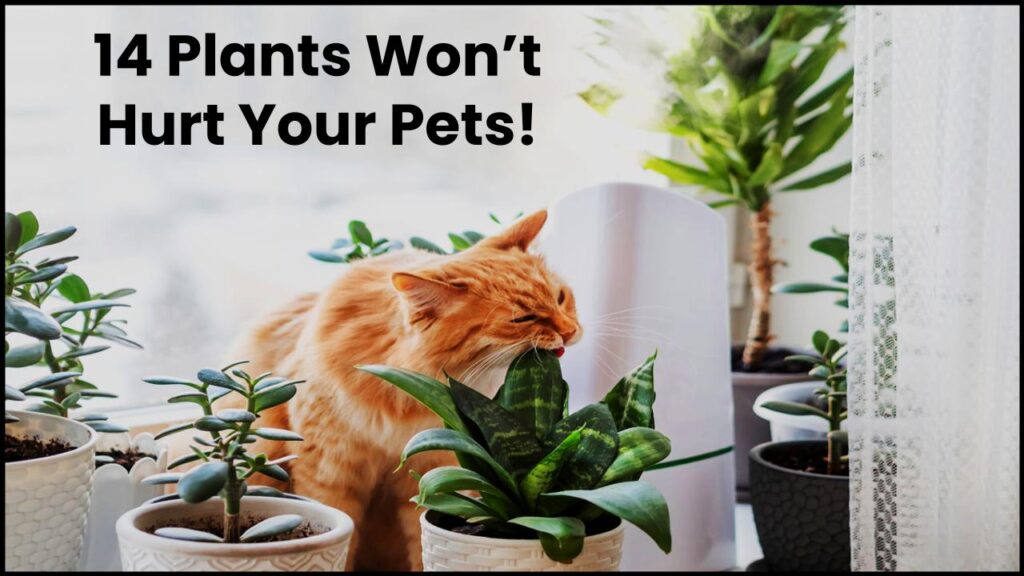
Pet-safe and stylish? Yes, please.
Why Pet-Safe Plants Matter
Let’s face it—pets chew. Cats will gnaw on a leaf like it’s their morning snack, and pups might take a bite just to see what it tastes like. But many common houseplants can be highly toxic to pets, causing everything from upset tummies to full-on emergencies.
That’s where non-toxic houseplants come in. They’re the sweet spot where home decor and safety meet. All the plants on this list are non-toxic to both cats and dogs, so you can relax knowing your jungle won’t bite back.
The Vet-Approved Pet-Safe Houseplant Guide
Spider Plant (Chlorophytum comosum)
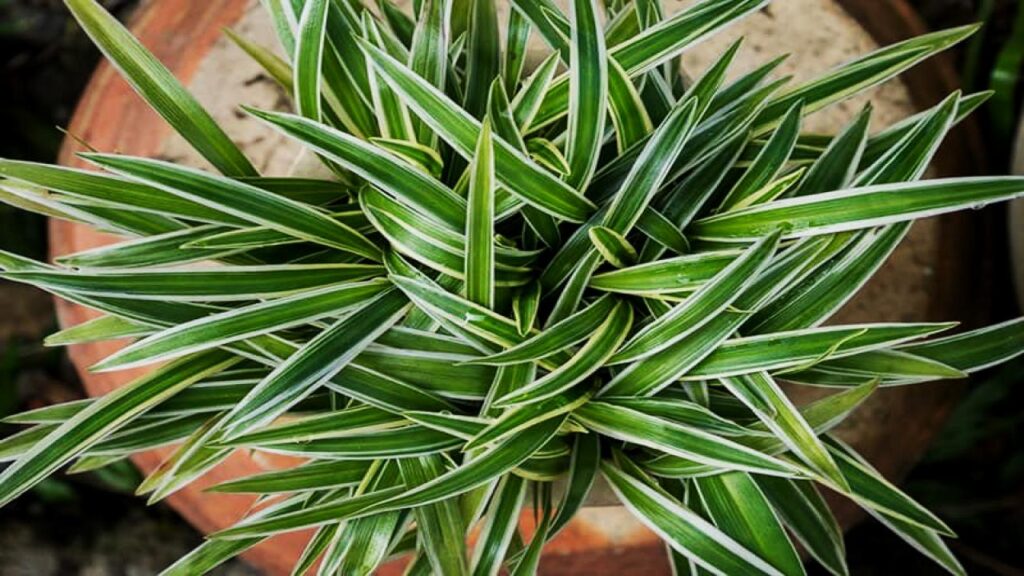
Tough as nails and cool-looking with its long, arching leaves. It thrives in bright to moderate indirect light and doesn’t mind if you forget to water it once or twice.
Calathea (Various species)
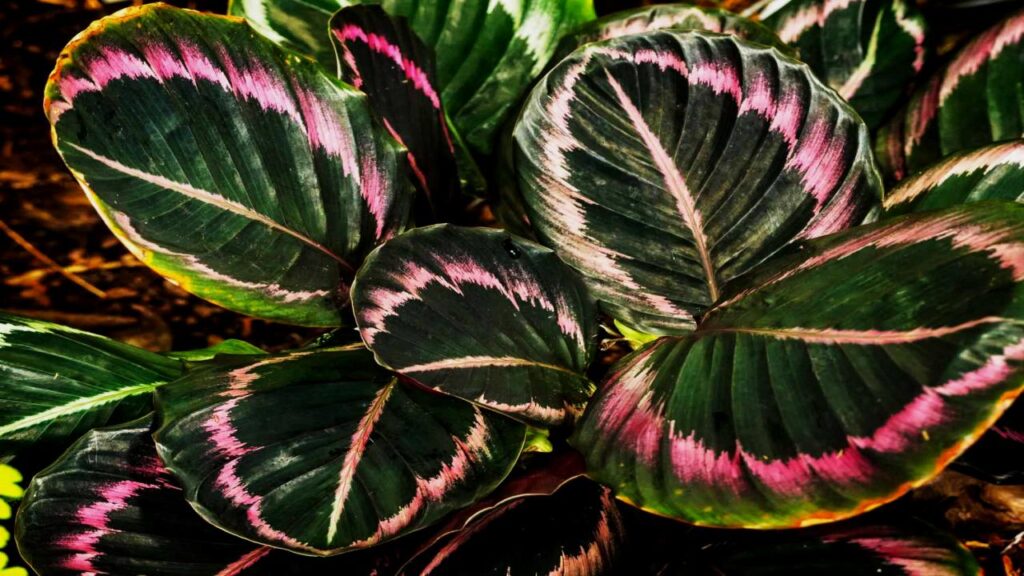
Think leaf patterns on steroids. These guys love humidity and indirect light. Bonus? They move their leaves during the day like they’re alive.
Prayer Plant (Maranta leuconeura)
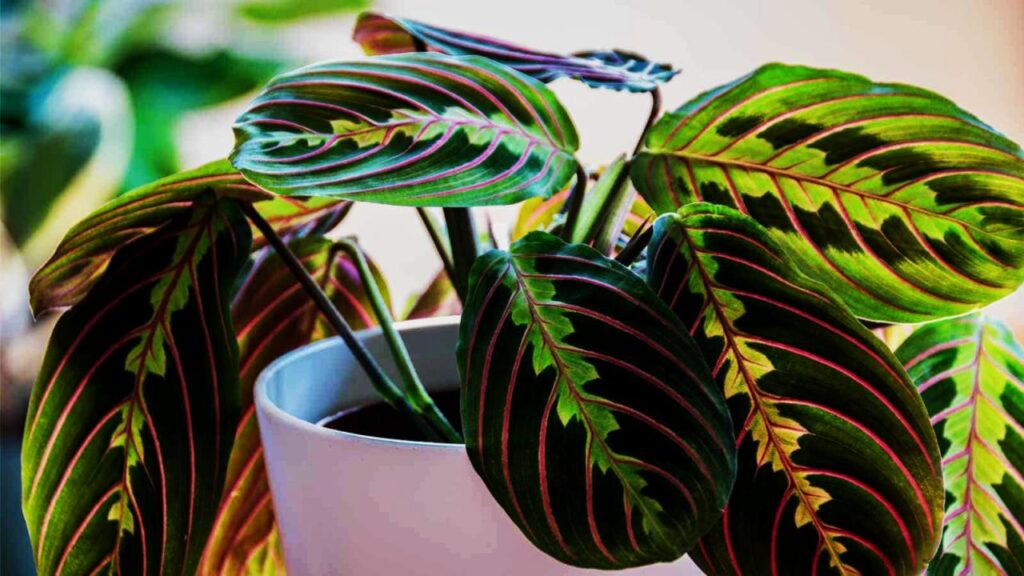
Named for its folded leaves at night that mimic praying hands. It likes low to medium light and damp soil.
Boston Fern (Nephrolepis exaltata)

Feathery, full, and great in hanging baskets. They love humidity, so perfect for bathrooms.
Parlor Palm (Chamaedorea elegans)
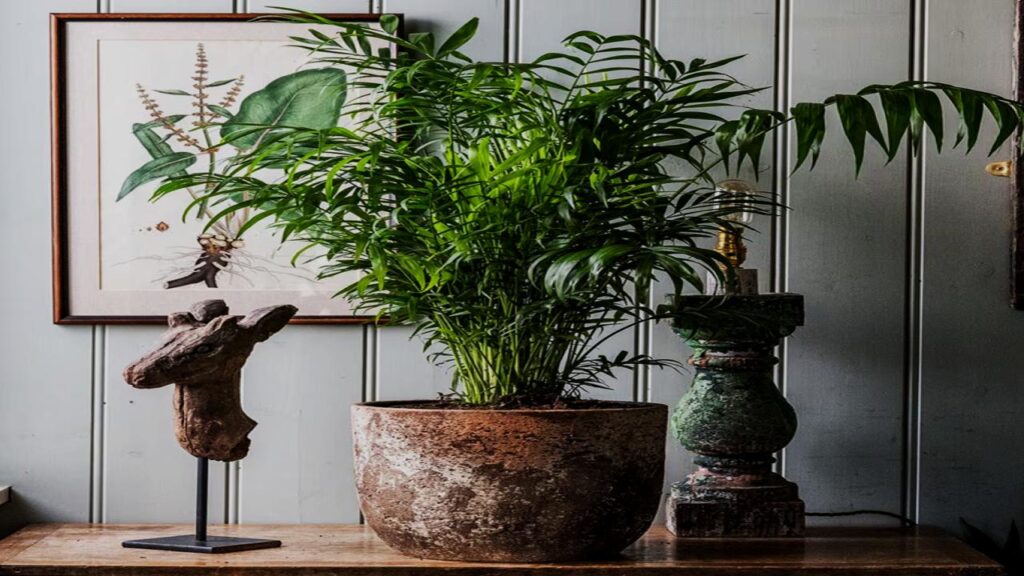
Low-light? No problem. This palm is chill with indirect light and adds serious tropical vibes.
Ponytail Palm (Beaucarnea recurvata)
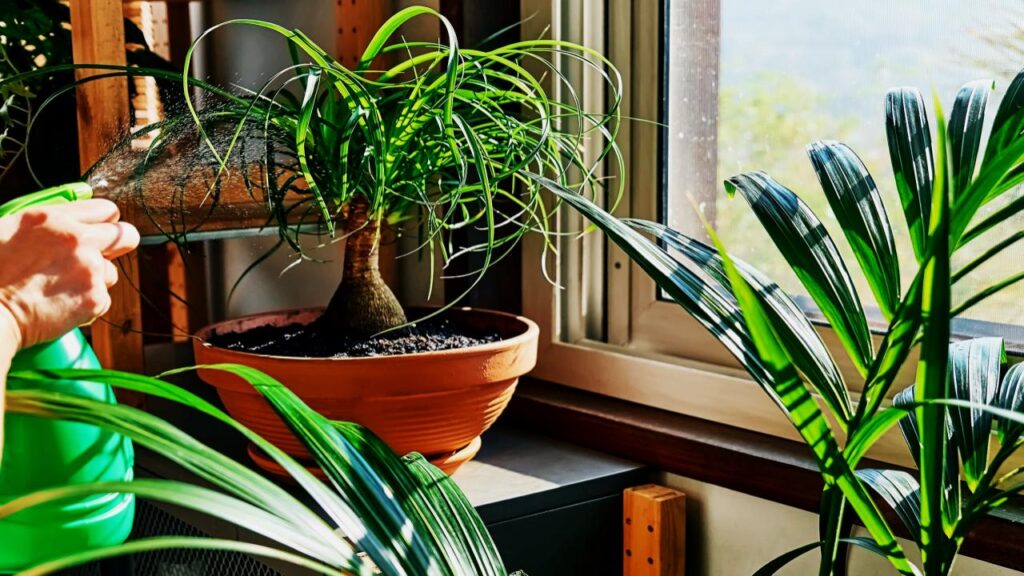
It’s got a big bulb at the base and wild ponytail leaves. It’s actually a succulent and super drought tolerant.
Money Tree (Pachira aquatica)
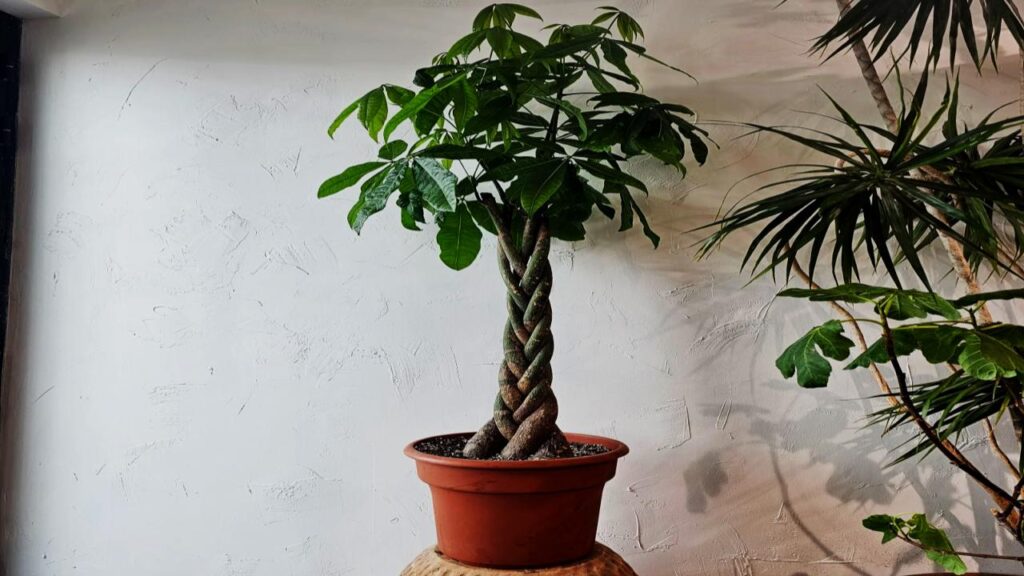
Good vibes only. Said to bring luck and wealth, this braided-trunk beauty thrives in bright, indirect light.
Phalaenopsis Orchid
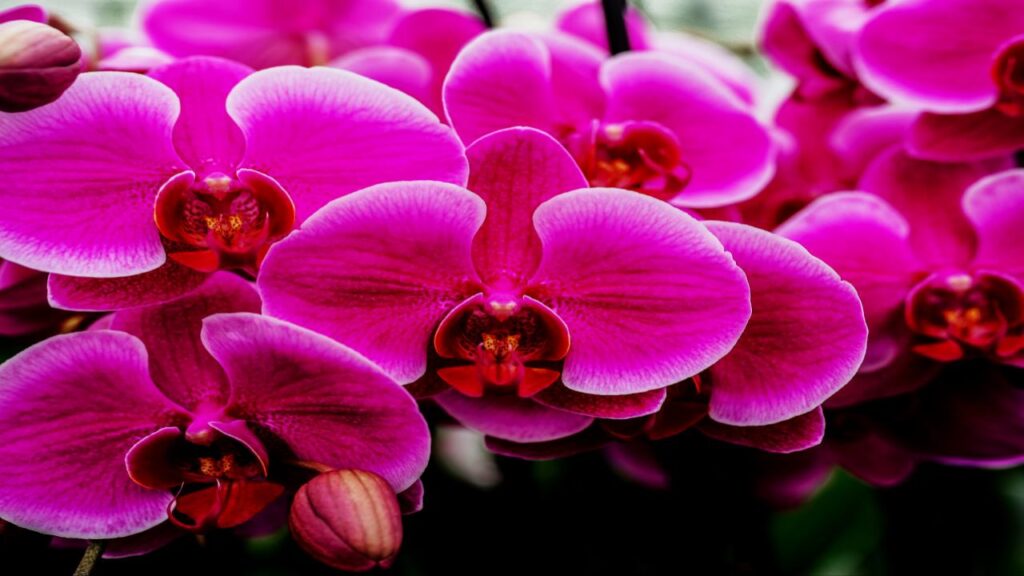
This moth-shaped stunner gives long-lasting blooms and asks for very little in return: just weekly watering and medium light.
African Violet (Saintpaulia)
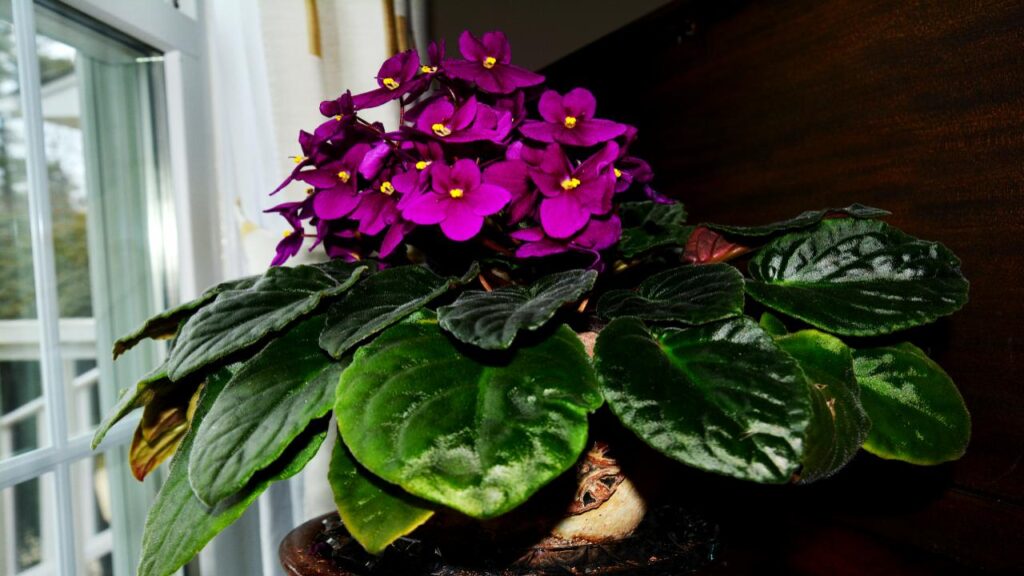
Compact and super colorful, these bloomers do great on windowsills. Keep the soil moist and you’re golden.
Peperomia (Various species)

These little cuties come in many shapes and textures. Great for desktops and require very little attention.
Air Plant (Tillandsia)
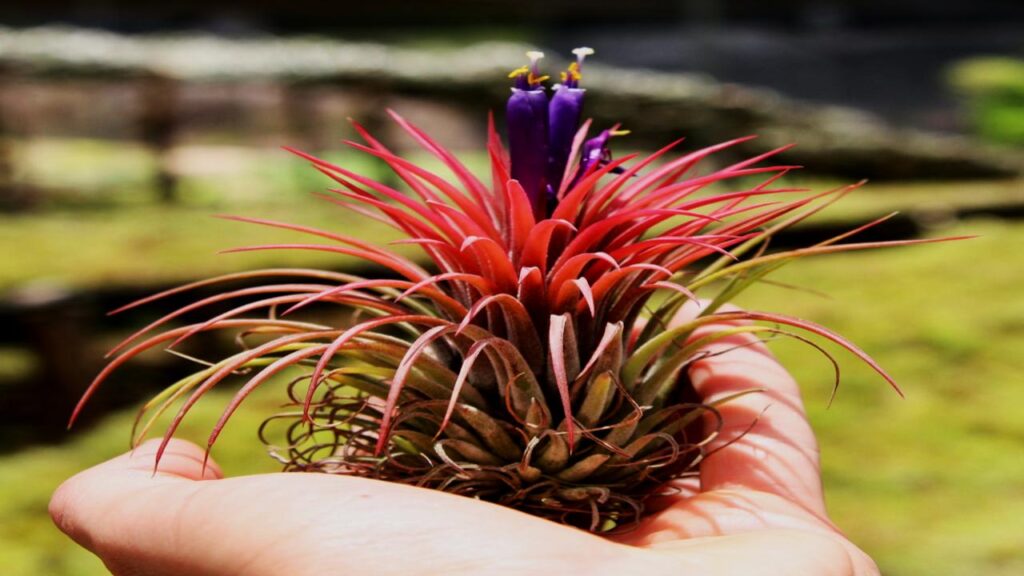
No soil, no fuss. Just mist them every few days and pop them in funky displays. They literally live off air.
Bromeliad (Various species)

Colorful bracts? Check. Easy care? Check. Water them in the center cup and they’re happy.
Haworthia
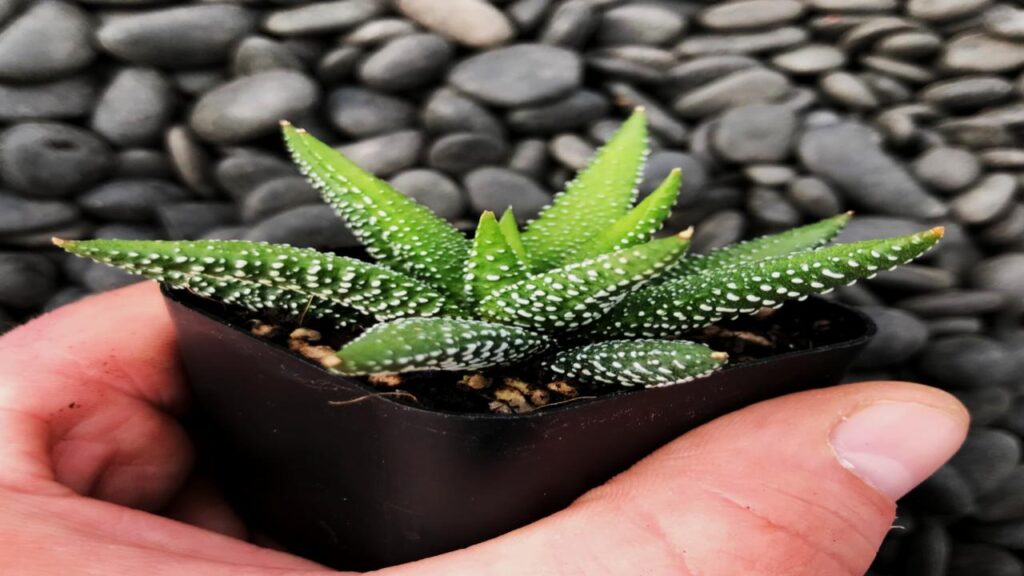
Like a mini aloe plant but not toxic. Great for bright windowsills and perfect for forgetful owners.
Polka Dot Plant (Hypoestes phyllostachya)
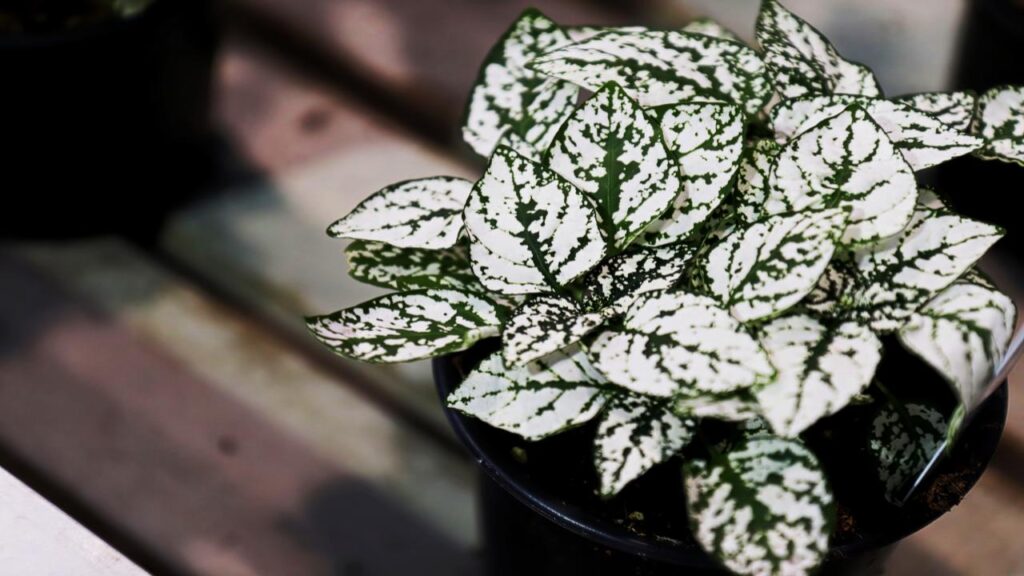
With spotted leaves in pinks, reds, and whites, this one’s a show-stopper. Loves bright light and a good drink of water.
Where to Buy Pet-Friendly Plants
Check these sources:
- The Sill
- Bloomscape
- Local nurseries often have a “pet-safe” label section
How to Keep Pets Safe Even with Non-Toxic Plants
Just because a plant is labeled “pet-safe” doesn’t mean it’s snack food. Here’s how to be smart:
- Observe: Watch how your pet reacts to new plants.
- Elevate: Keep plants on shelves or in hanging planters.
- Distract: Provide pet grass or chew toys.
- Vet First: When in doubt, call your vet or check the ASPCA Toxic & Non-Toxic Plant List.
Air-Purifying Benefits of Pet-Safe Plants
Many pet-safe plants also help clean the air by filtering toxins and improving humidity. According to a NASA Clean Air Study, plants like Spider Plant, Boston Fern, and Peace Lily (note: Peace Lily is not pet-safe) were effective at removing formaldehyde, benzene, and other pollutants.
Top Pet-Safe Air Purifiers:
- Spider Plant: Filters carbon monoxide, xylene, formaldehyde.
- Boston Fern: Boosts humidity, great for dry homes.
- Areca Palm (also pet-safe): Removes indoor toxins and adds moisture.
Choosing the Right Potting Soil and Fertilizers
Even if the plant is safe, the soil and fertilizers can pose risks. Avoid products with:
- Chemical fertilizers (use organic alternatives)
- Cocoa mulch (toxic to pets)
- Pesticide-treated soils
Always check product labels or opt for organic, pet-safe mixes like Espoma Organic Potting Mix or Dr. Earth blends.
Pet Reactions and What to Watch For
Even non-toxic plants can cause:
- Mild vomiting or diarrhea if ingested in large quantities
- Drooling or gagging if leaves irritate the mouth
If your pet munches down a whole plant, call your vet or the ASPCA Animal Poison Control Center at (888) 426-4435.
Pro Tips for Indoor Plant Success
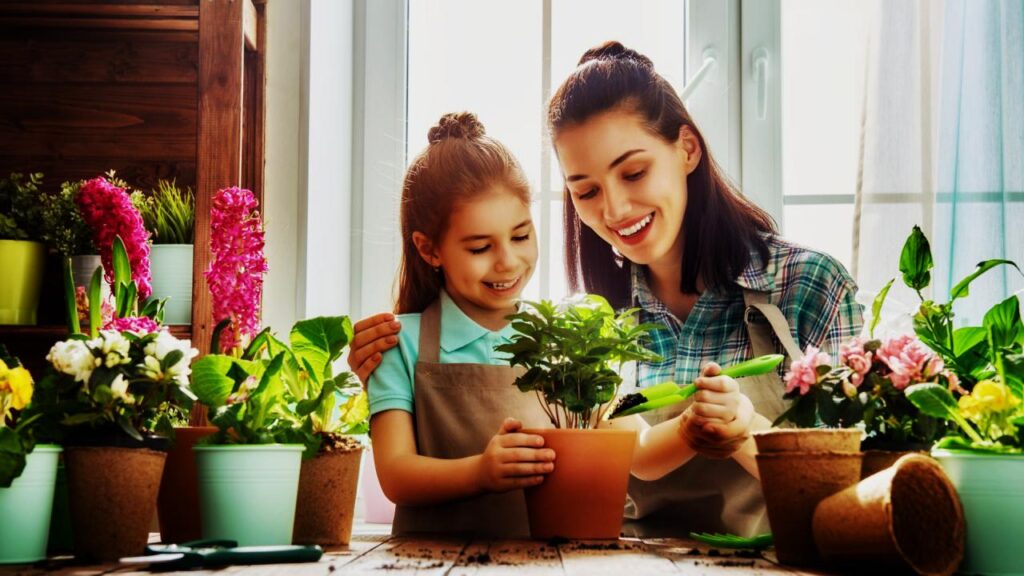
- Use well-draining soil
- Avoid overwatering—root rot kills
- Rotate plants every few weeks for even growth
- Dust leaves with a soft cloth so they can breathe
